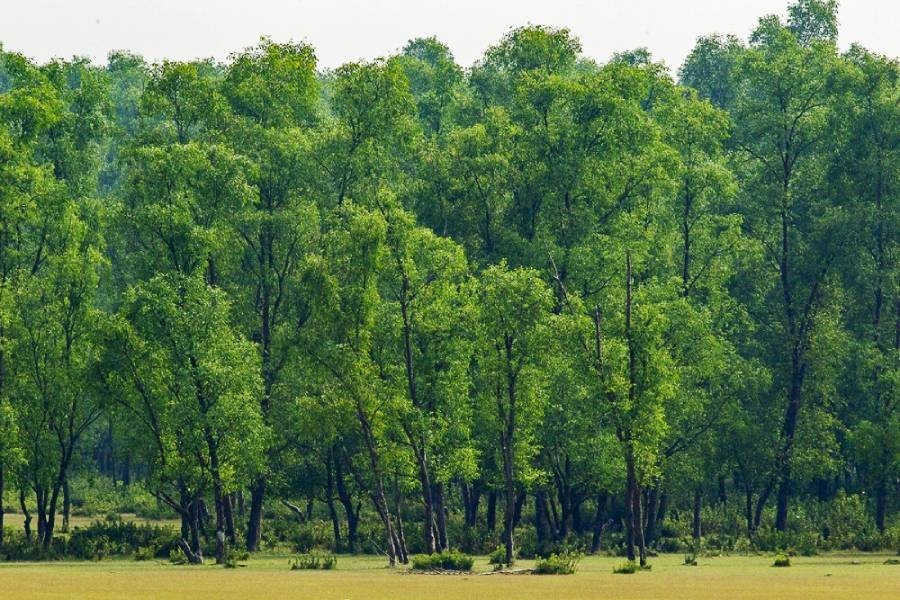
Published :
Updated :

There is a growing trend in many countries of the world to destroy or distort natural resources for development. Growth-hungry developing countries like China, India, Brazil and Bangladesh are said to be some of those. Damaging natural resources and polluting the environment is acceptable to some extent due to uplifting the lives and livelihoods of a vast section of the impoverished population. However, what is quite problematic is that there is little attention to the environment at the take-off stage of growth. The result is severe and irreparable damage to natural resources like heavy pollution of rivers and ponds and destruction of forests and hills.
Nevertheless, an obsession with growth drives the policymakers to ignore long-term ecological imbalance and its severe consequence on humans. They adopt policies focusing on quick gains. These policies encourage taking various development projects without considering and adjusting with ecological characteristics of land or area. Take the example of Dhaka city, which has already turned into a jungle of concrete and cement blocks, which is evident from recent recurrent ratings. To accommodate around 20 million people, the city is growing with various buildings and roads. The construction spree ignores the necessity of natural water flows during the rainy season. That's why many canals and water reservoirs have filled up. It appears that city authorities forget the cyclic season of heavy rain, an essential natural feature of Bangladesh. So, roads and buildings need to be constructed and repaired accordingly. By not doing so, there is a clear tendency to ignore the rule of nature, only to bring terrible waterlogging.
The devastating flood in Sylhet is another example of the wrong approach to nature. There is no way to control floods fully. What is possible is the skilful management of floods to reduce the damage to life and property and minimize the suffering of flood-affected people.
Torrential rain or fierce water onrush from upstream from the Indian state of Meghalaya is nothing new for the Sylhet region, which is the lower basin. And it is a natural phenomenon that water flows down from the upstream. Now, there is a serious problem that the water cannot flow towards its destination properly. The result is inundating more than 80 per cent of the greater Sylhet.
Deforestation, cutting of hills and illegal and excessive river-bed mining in Meghalaya and Sylhet have caused river erosion and landslide. The apparent outcome is the flooding of low-lying areas during the rainy season. Again, illegal encroachment coupled with pollution has narrowed the river Surma, and it cannot carry an excessive flow of upstream water. The authorities have ignored the necessary excavation and dredging of the river. Then there are some faulty dams and roads blocking and diverting the water flows. The 29.73-kilometre road constructed for accessible communications in three Upazilas in the haor region of Kishoreganj is another example of creating barriers to natural water flow. Though the road is necessary, due to reported flaws in the design, it is now causing excessive flooding and damaging crops.
It is difficult to know whether the development policies overlooking the damaging impact on nature and the environment would be reviewed and revised. However, one thing is clear: the cost of continuing such policies and not taking lessons from the current flooding in Sylhet will be pretty high in the long run.


 For all latest news, follow The Financial Express Google News channel.
For all latest news, follow The Financial Express Google News channel.